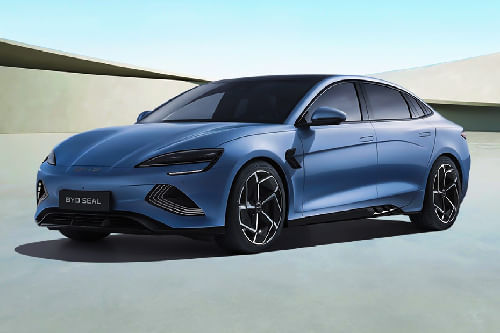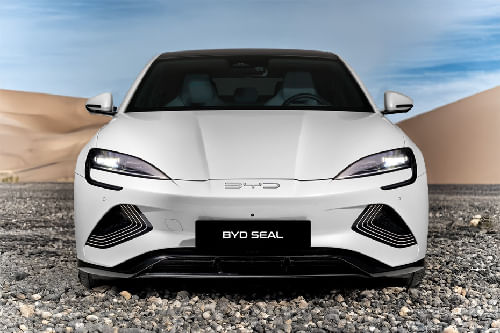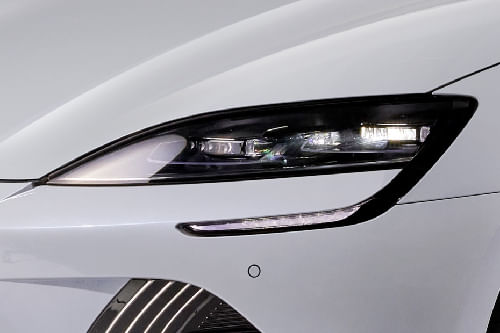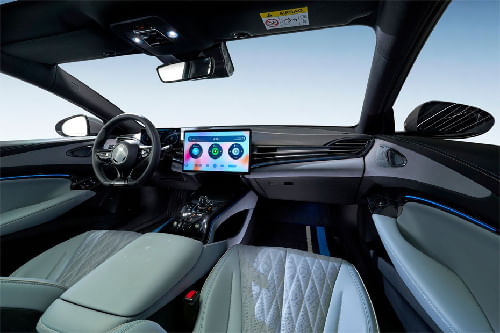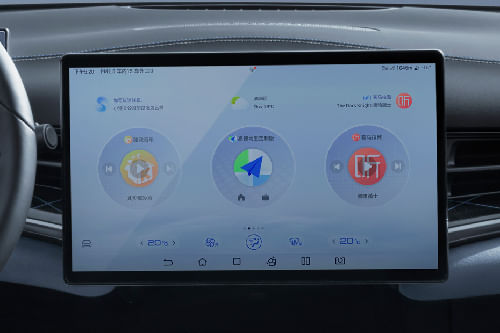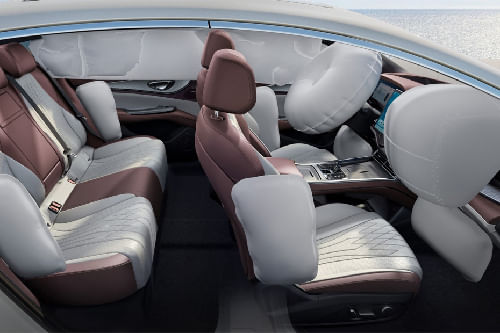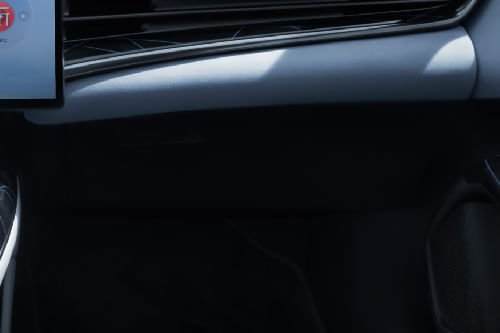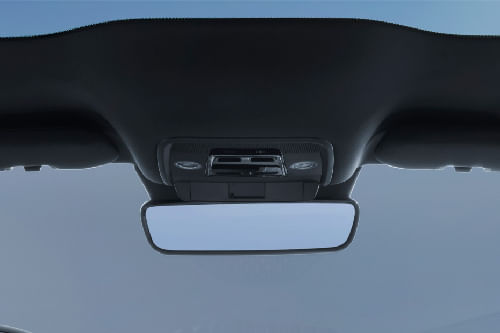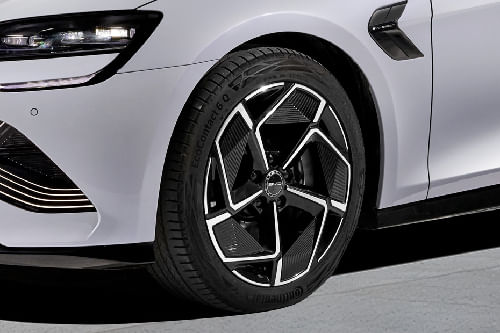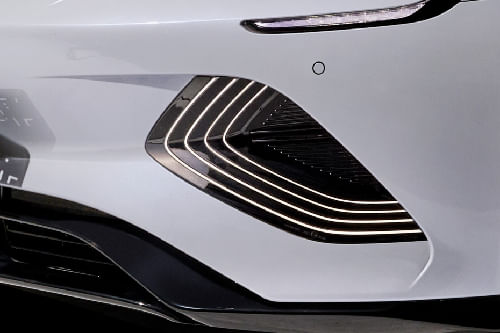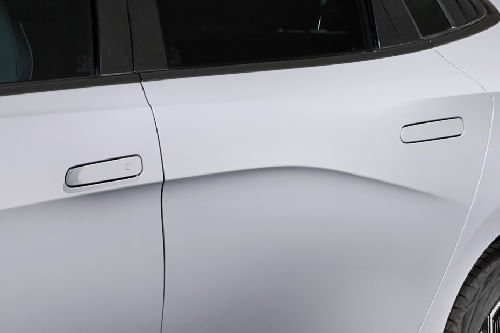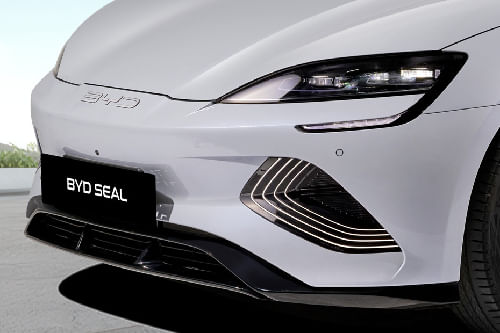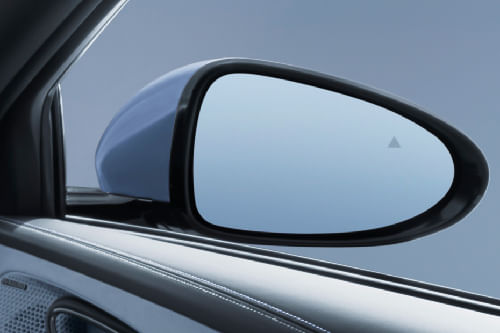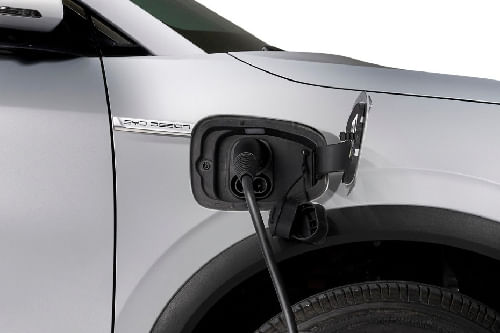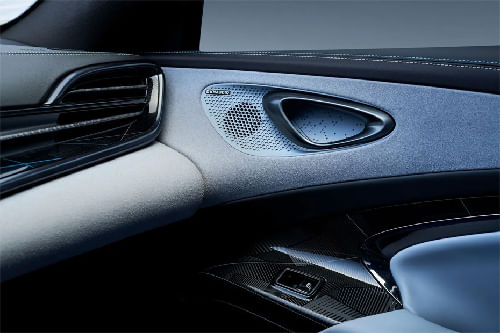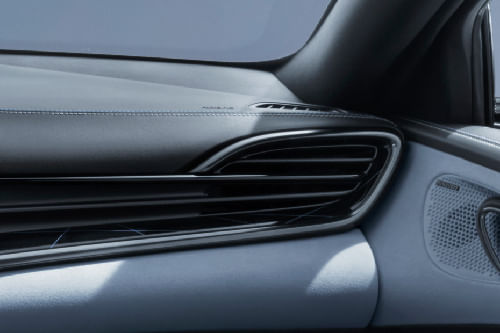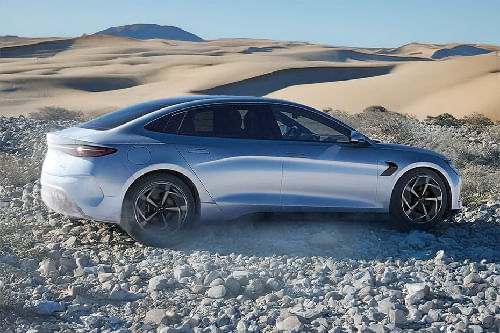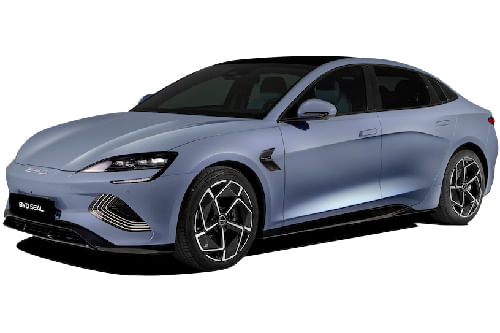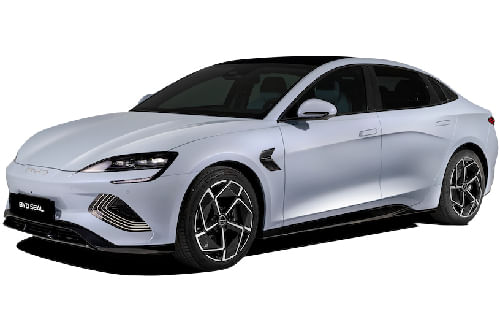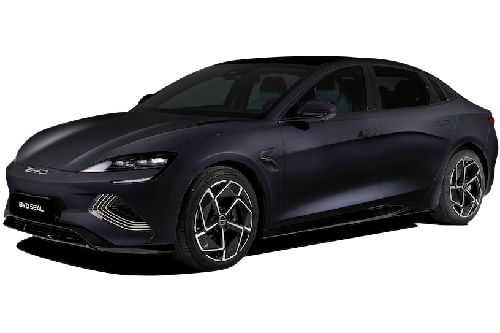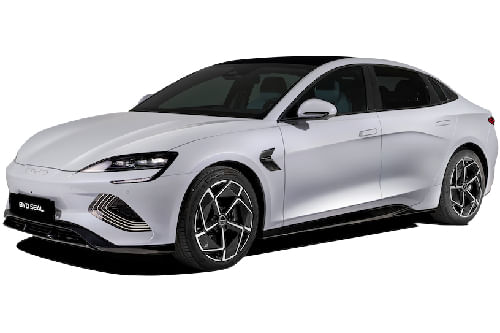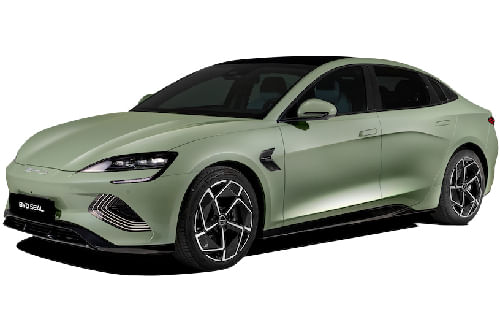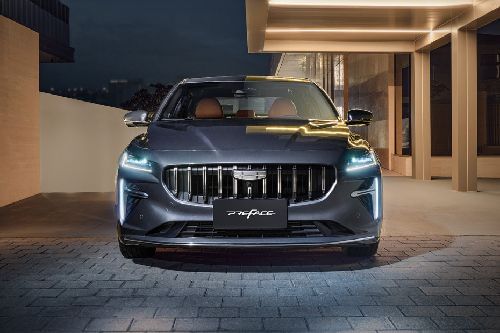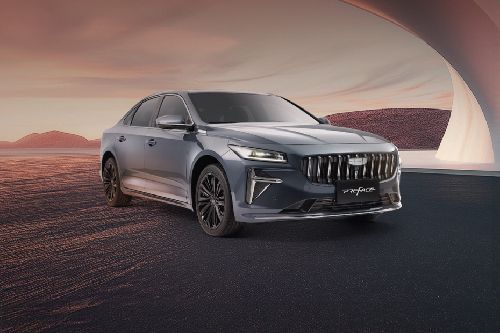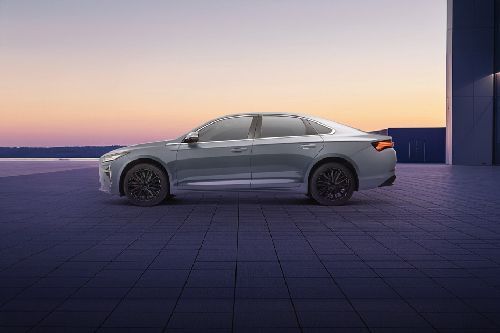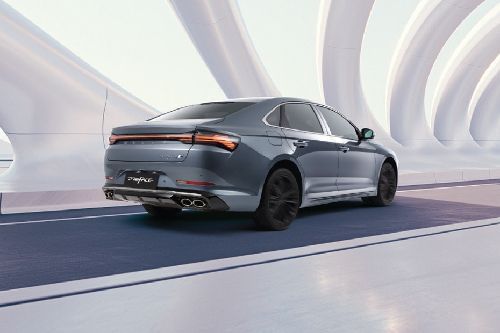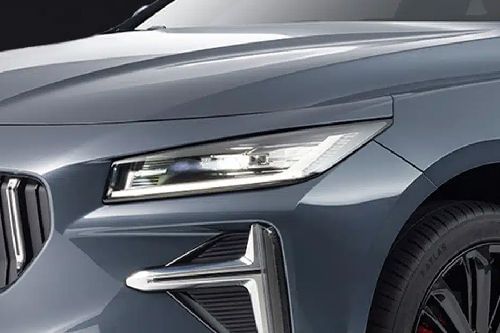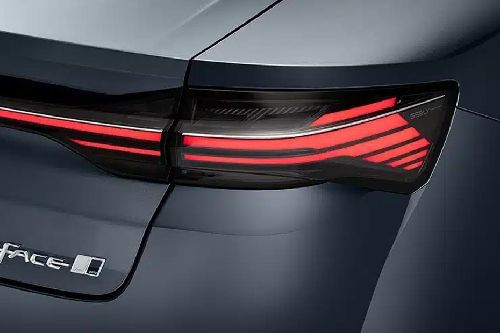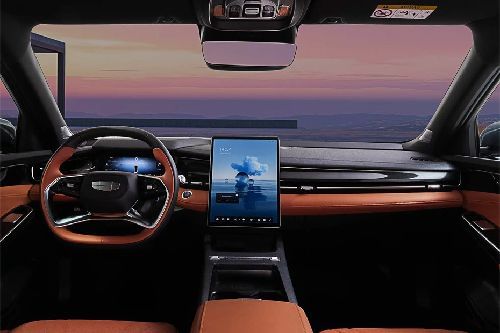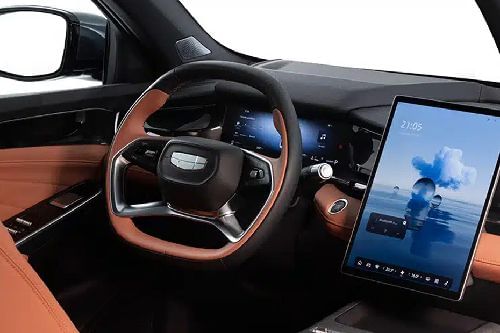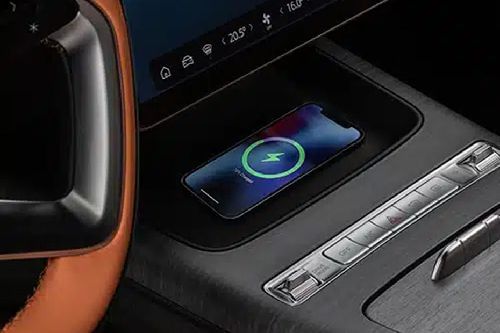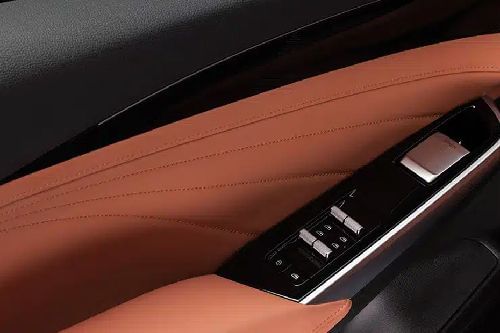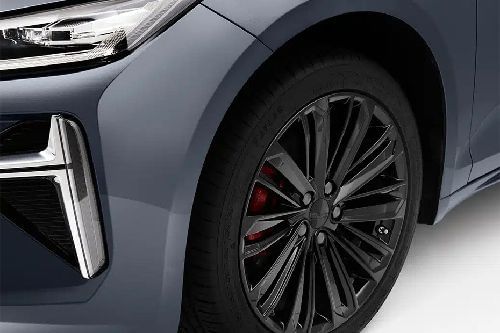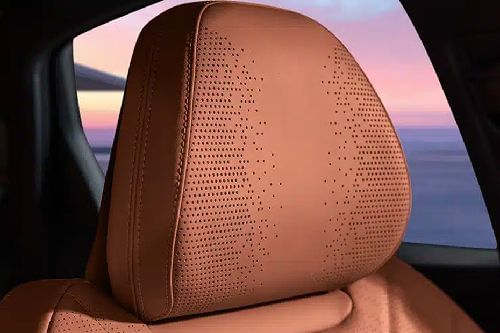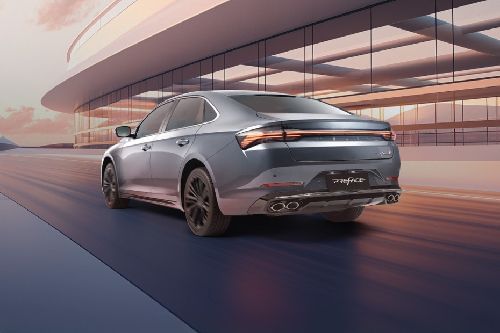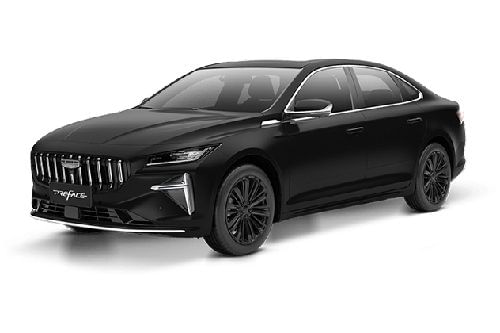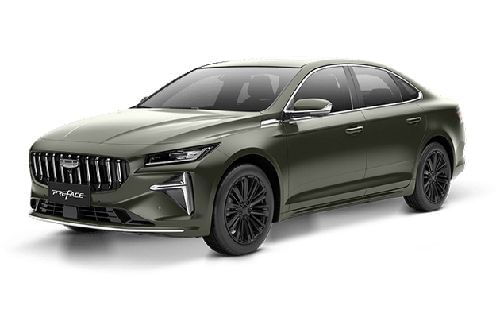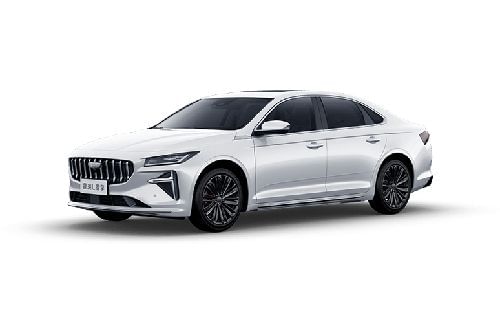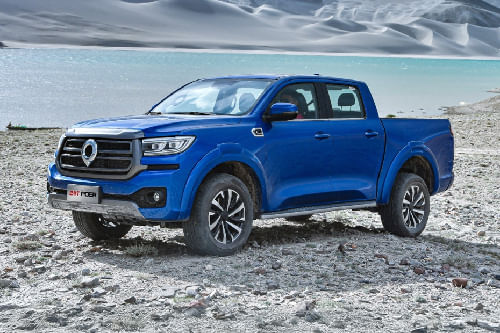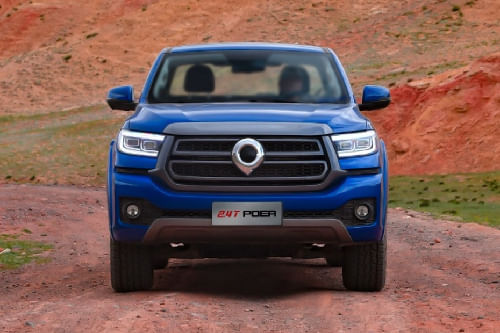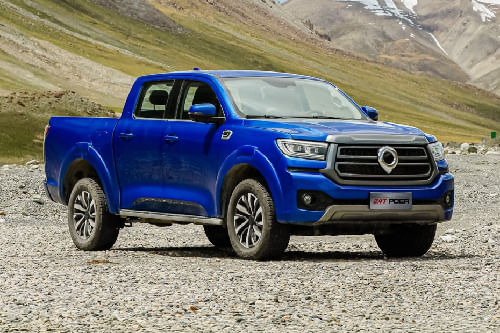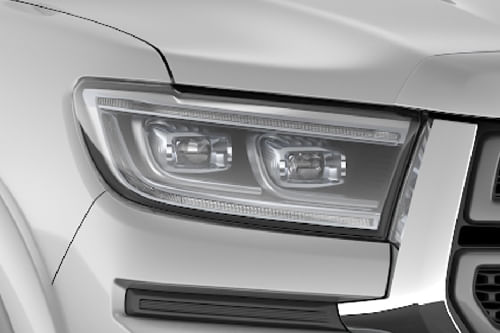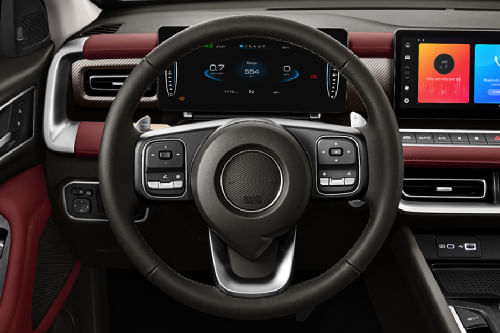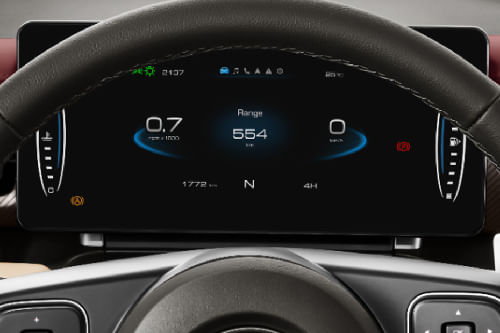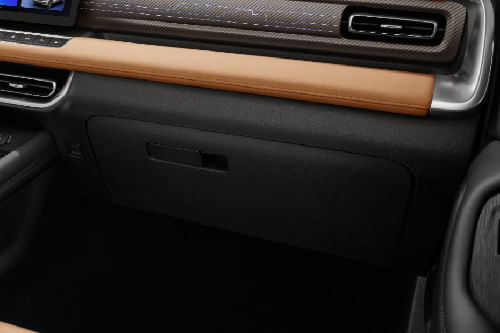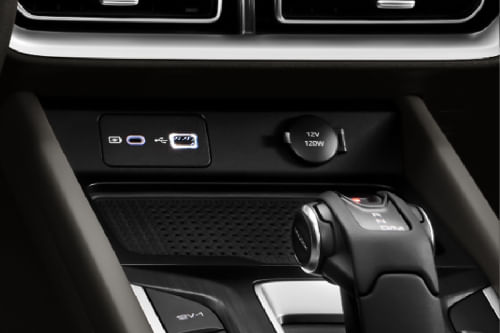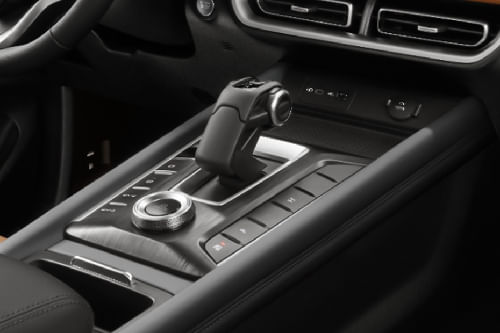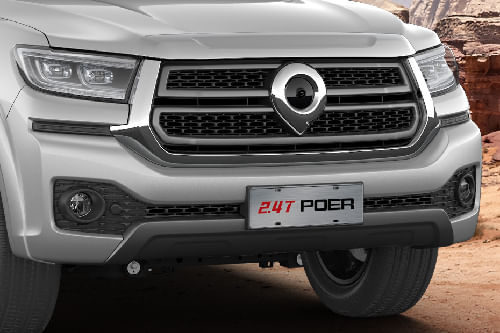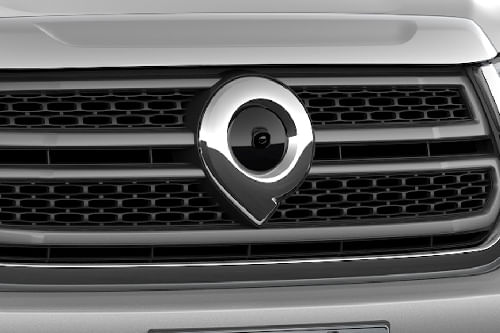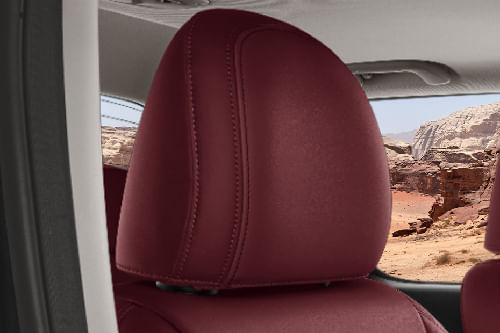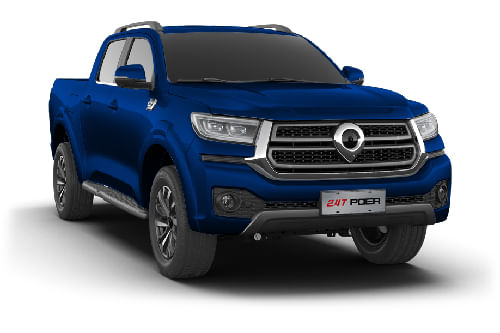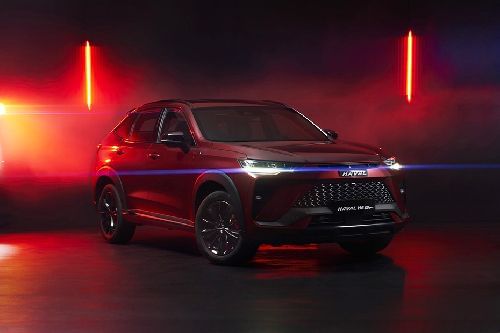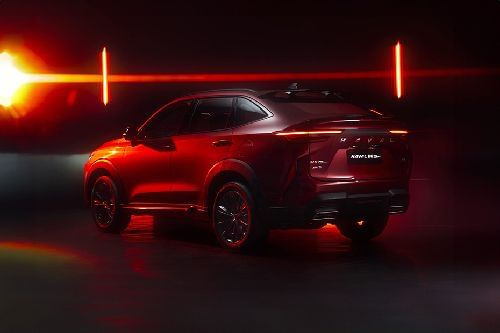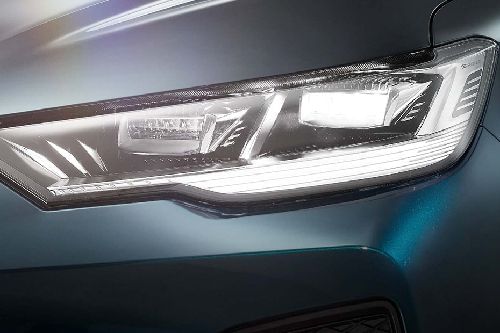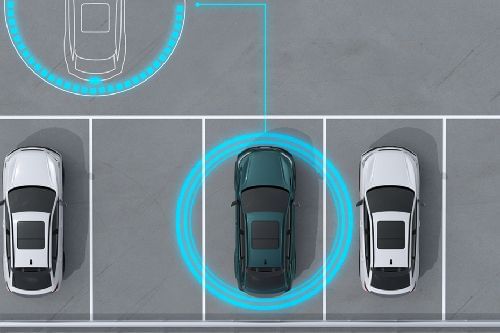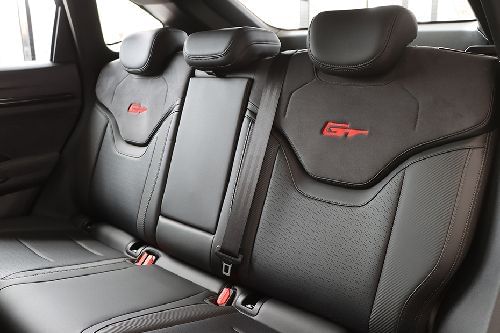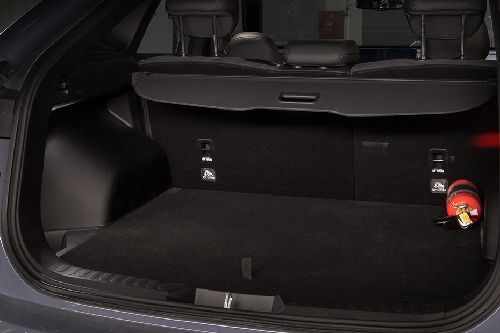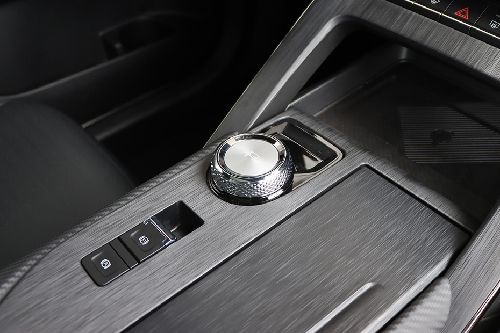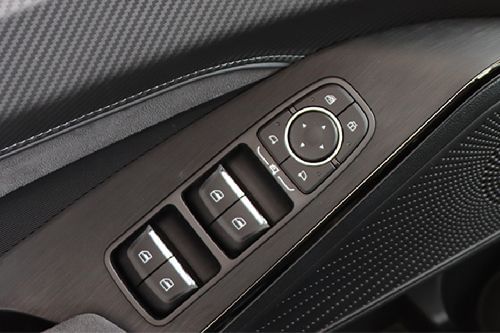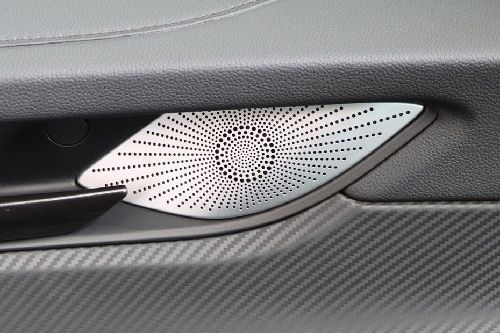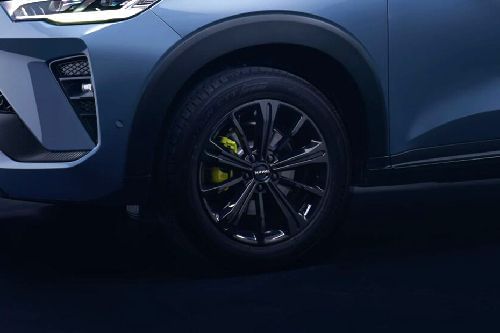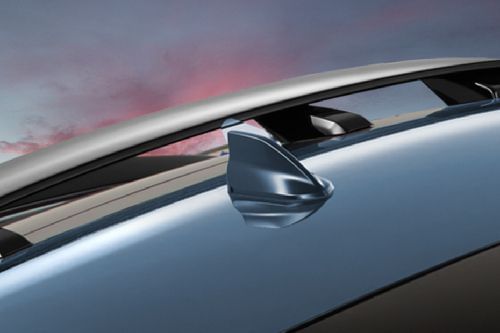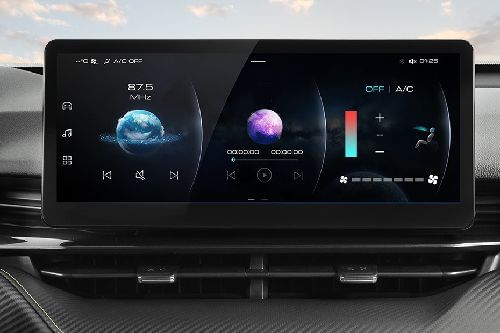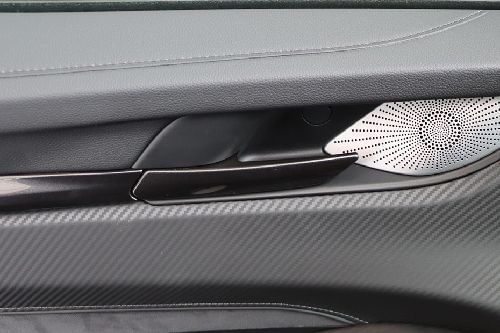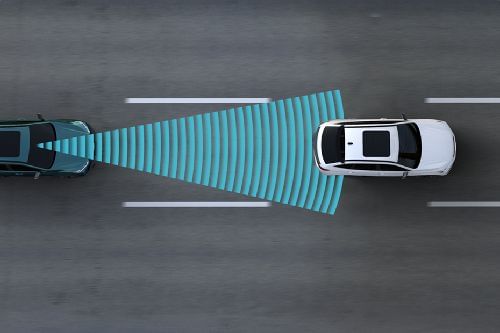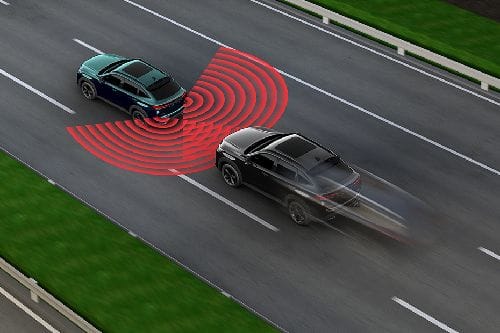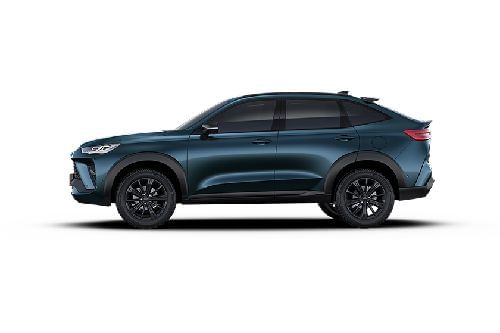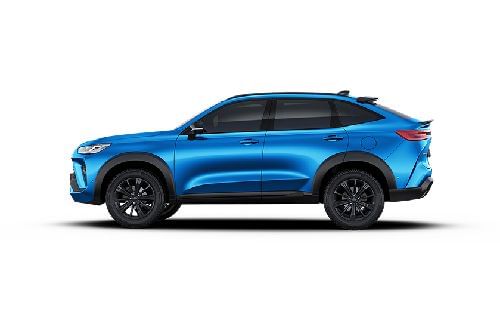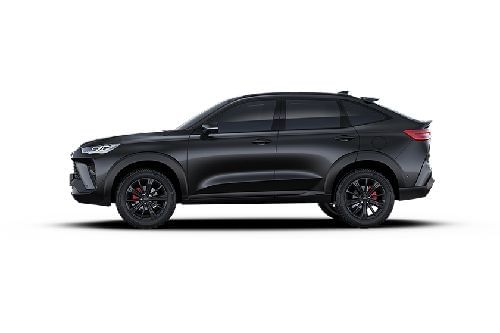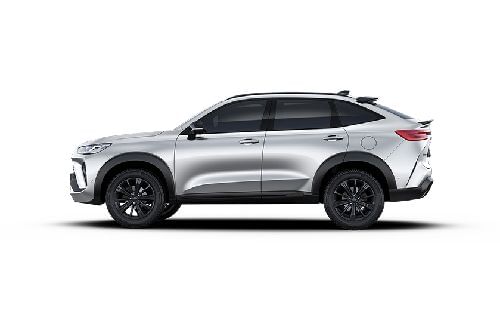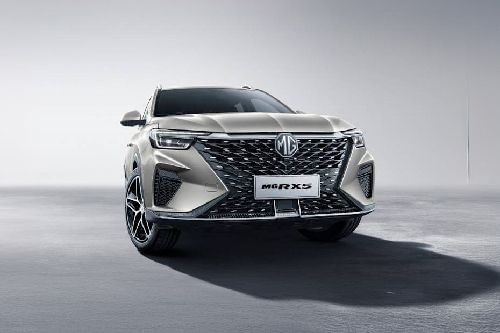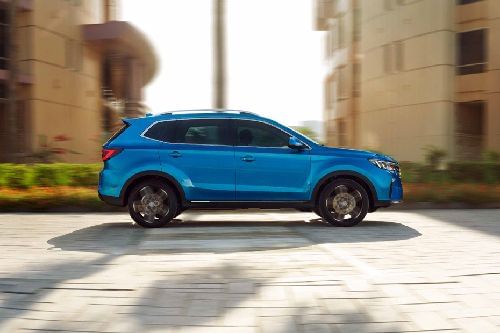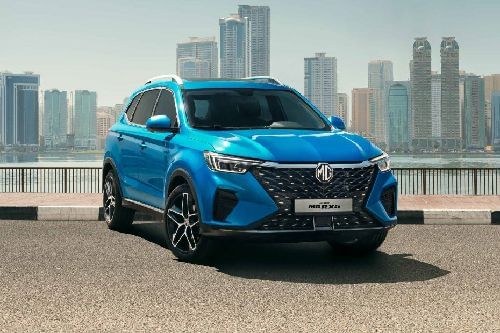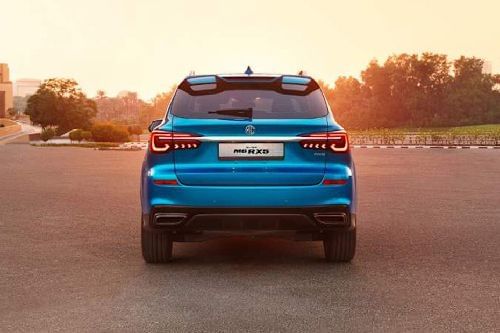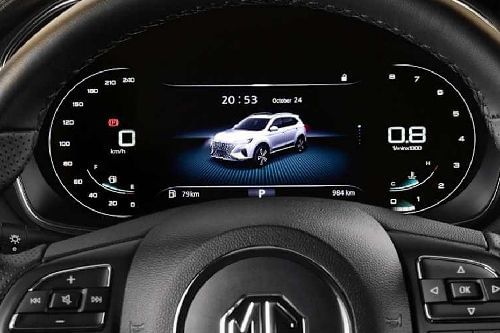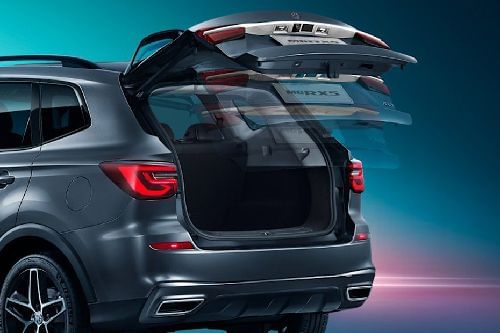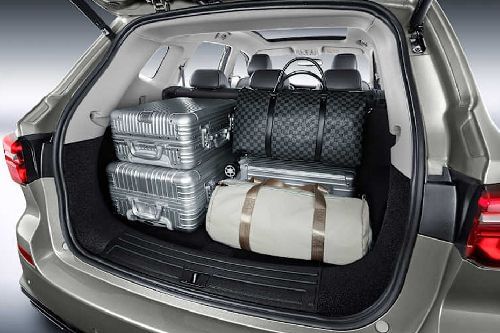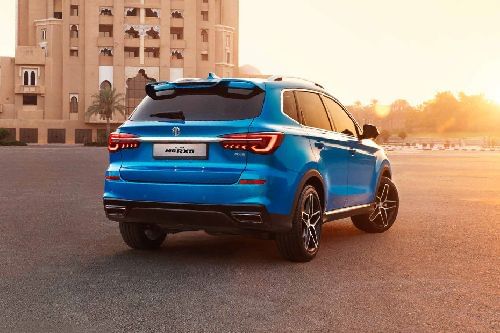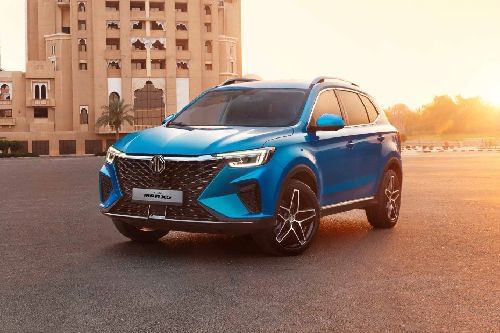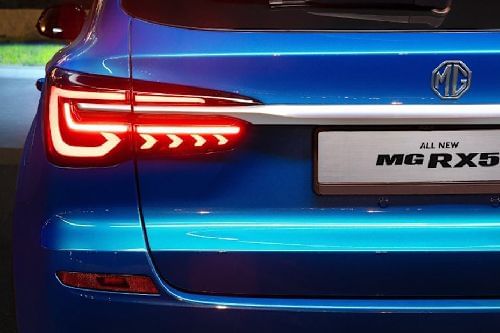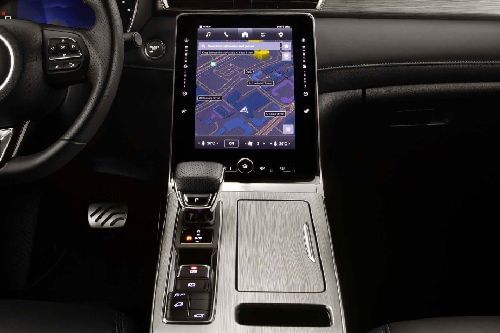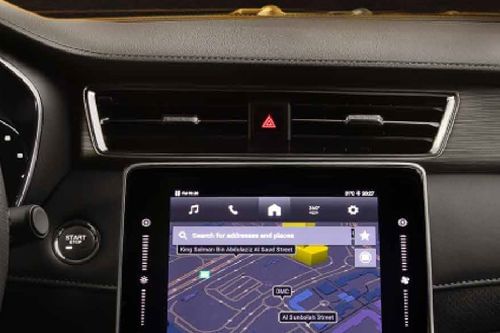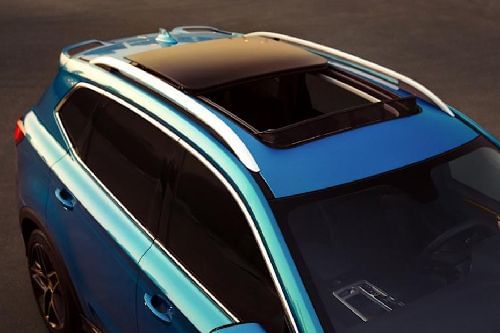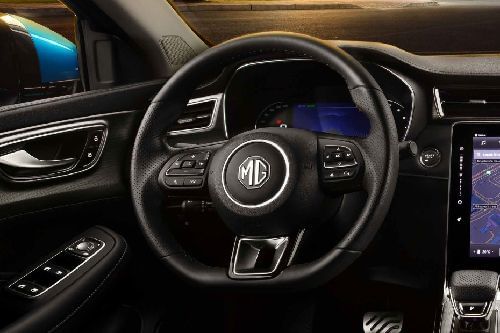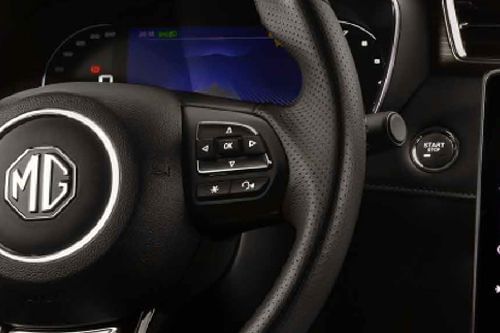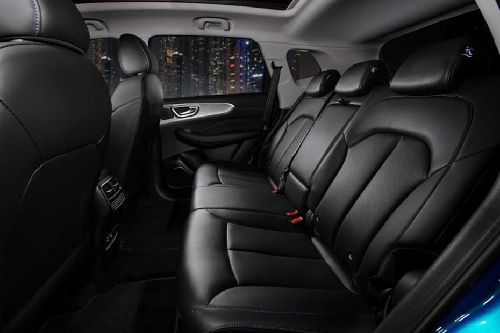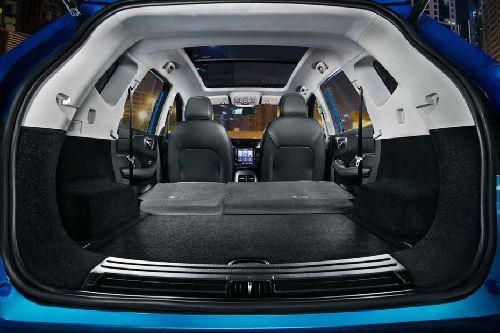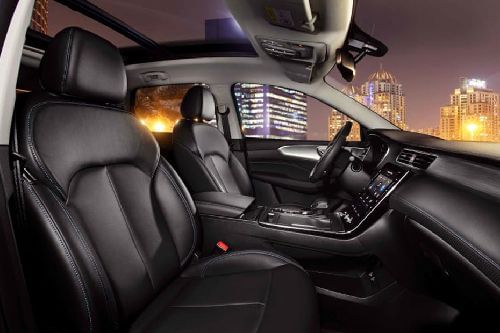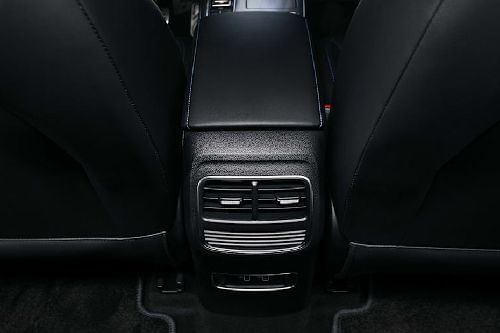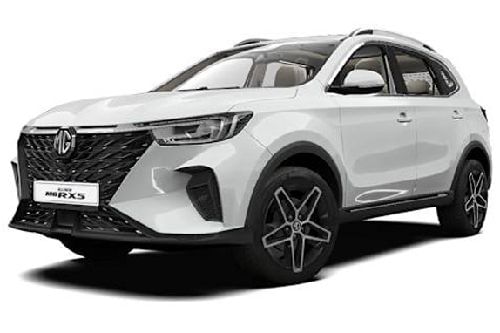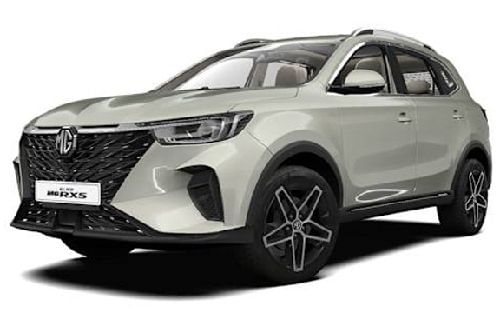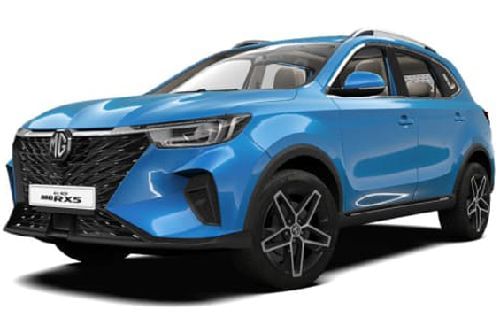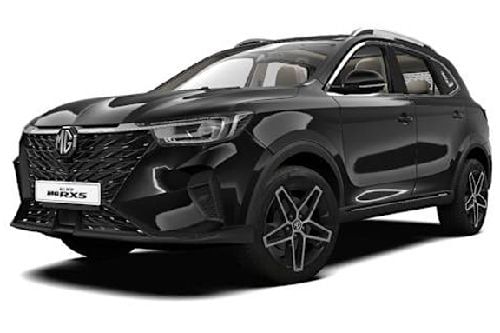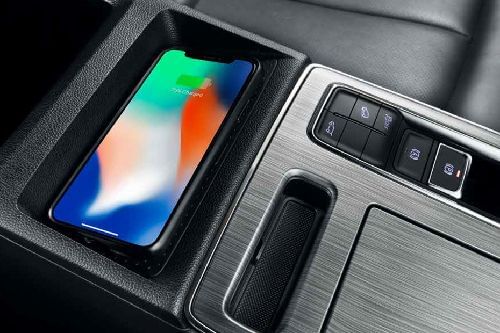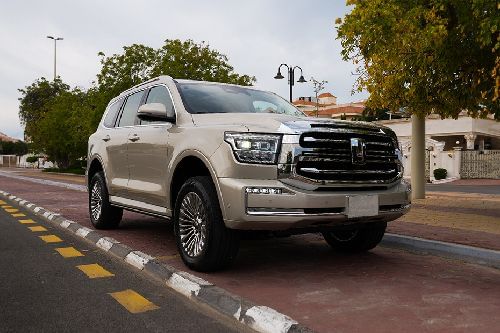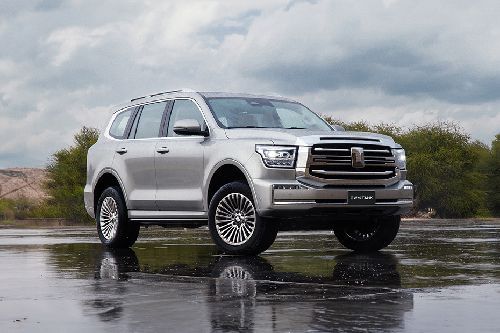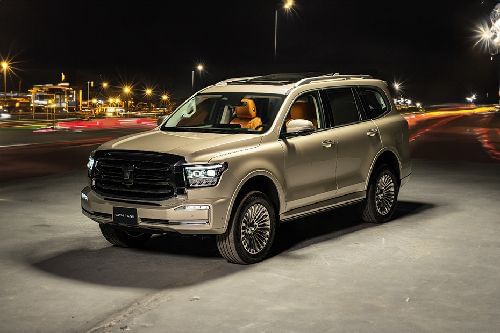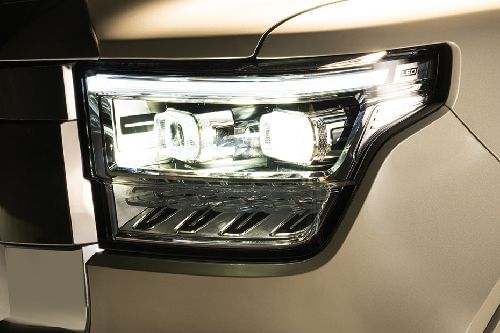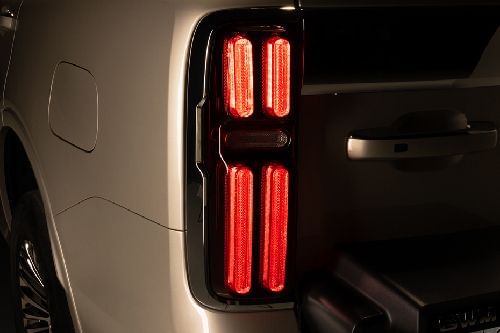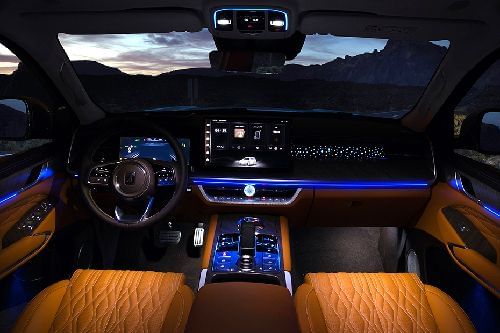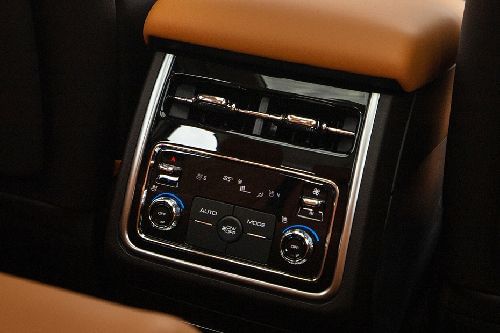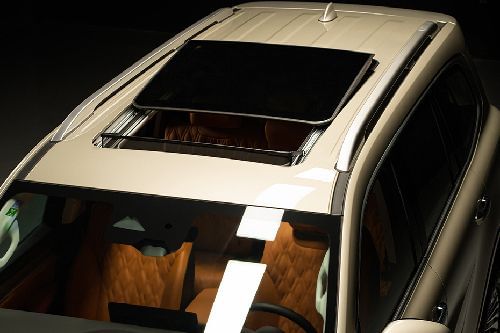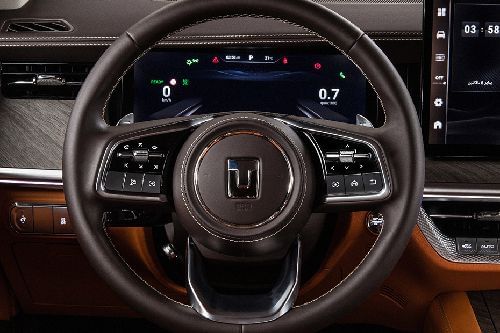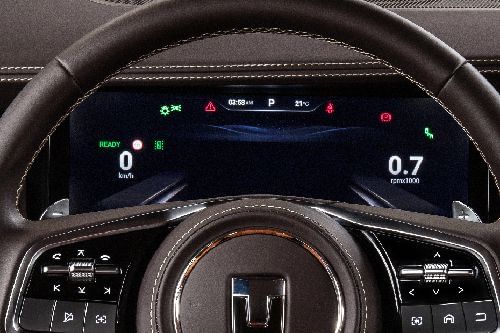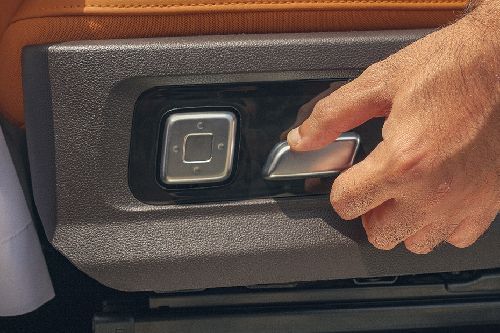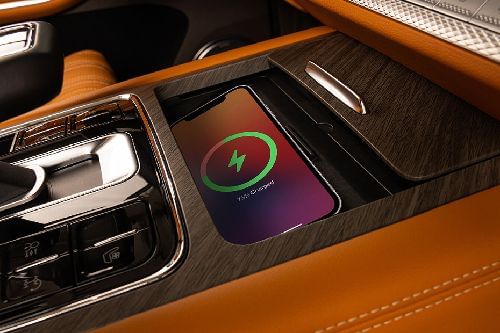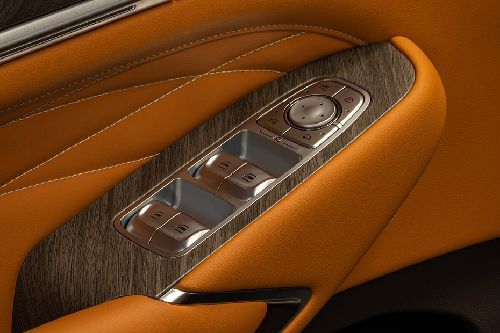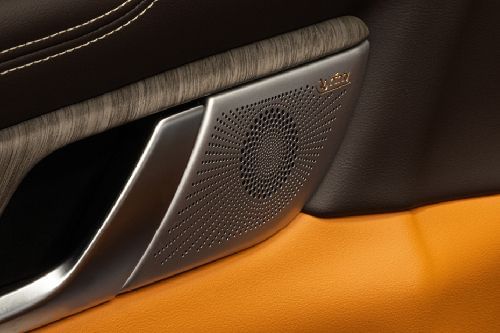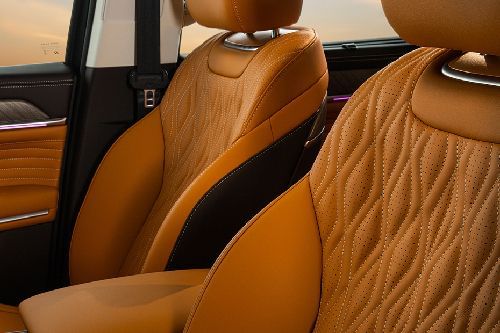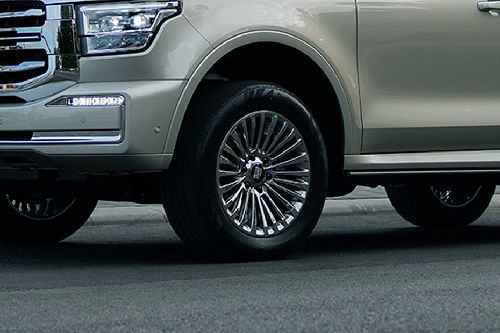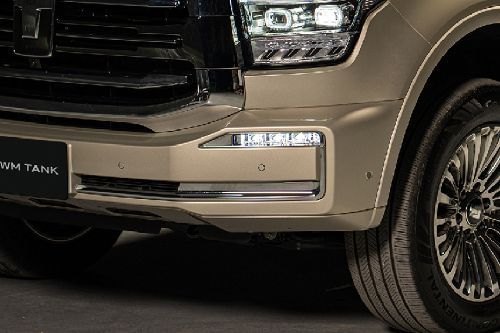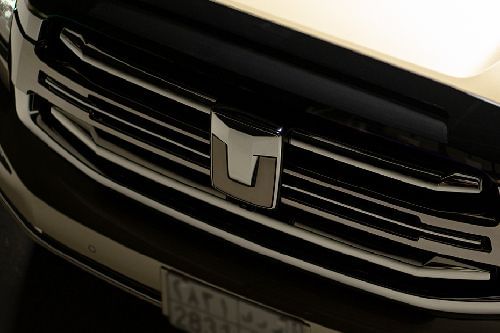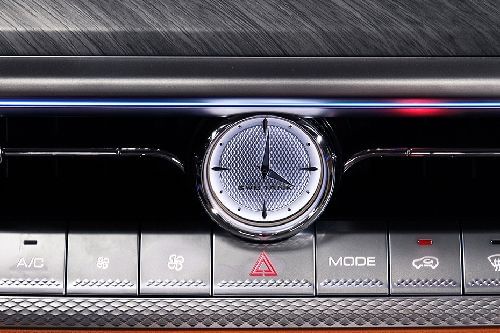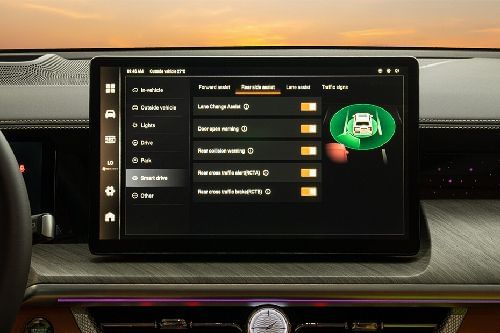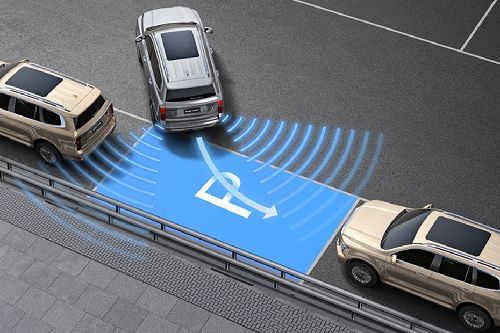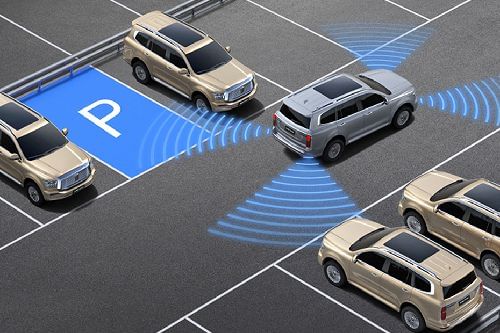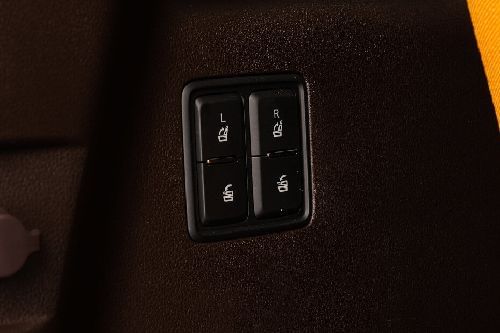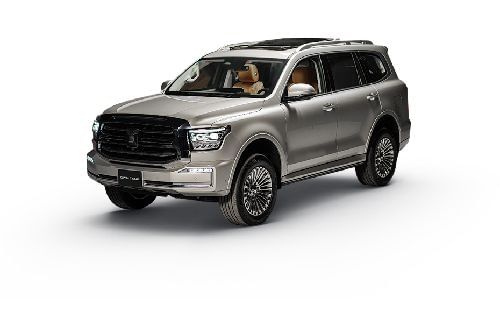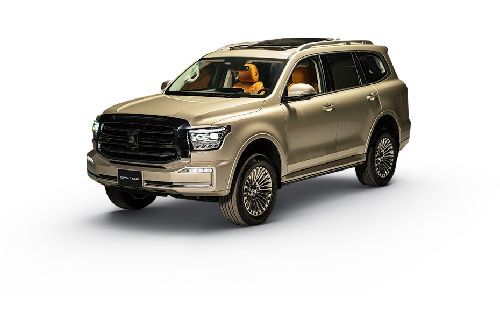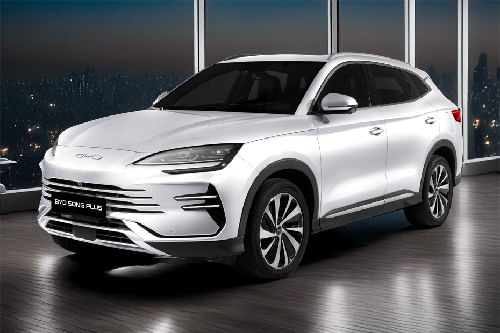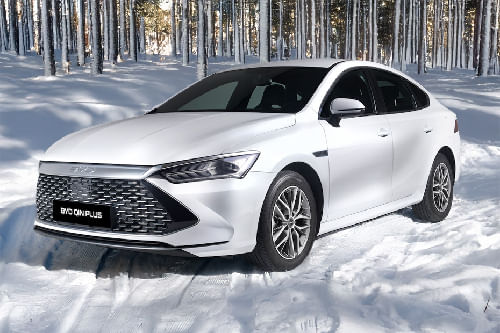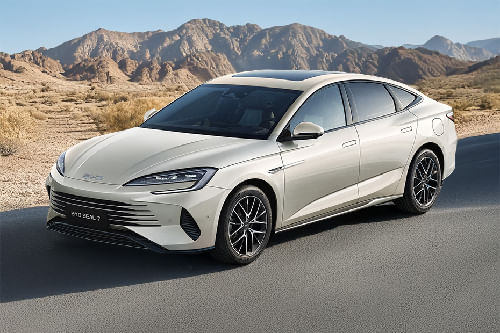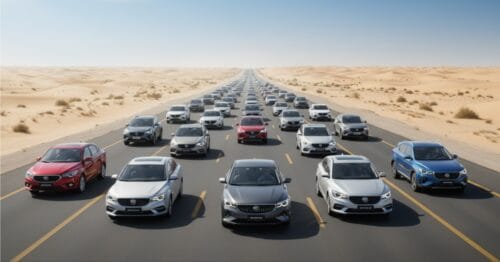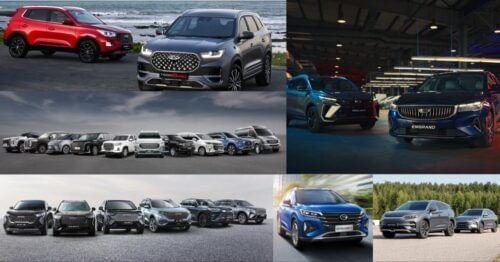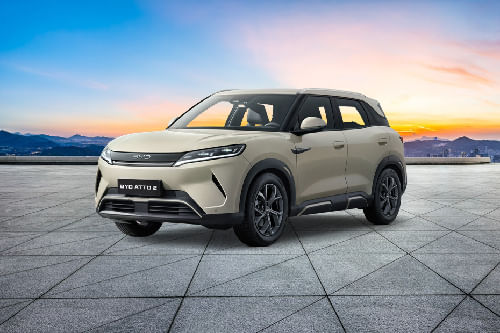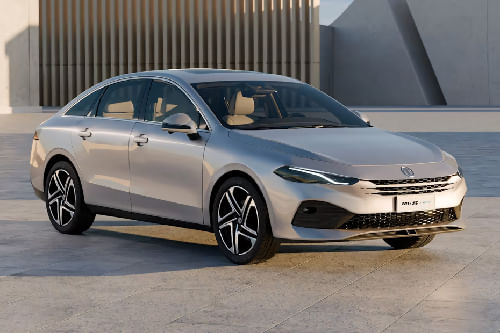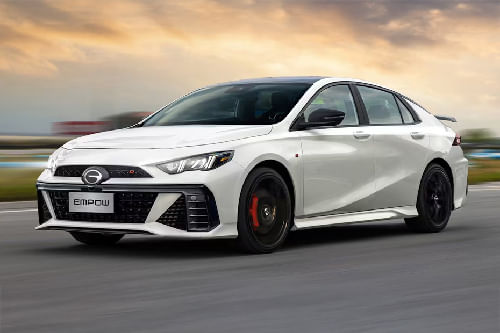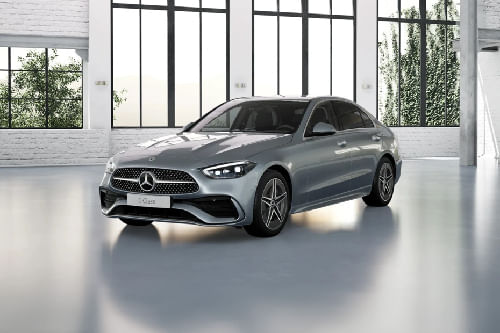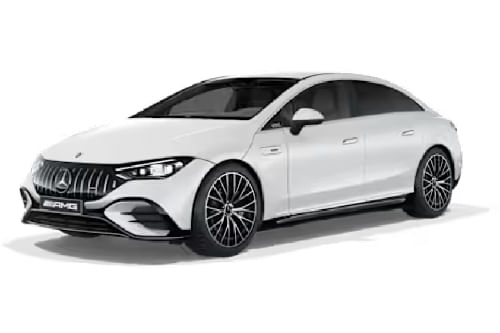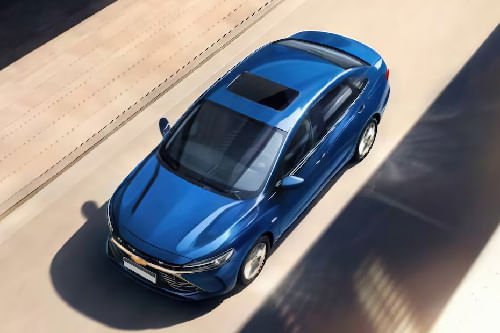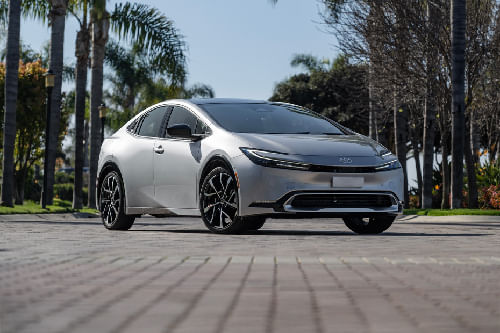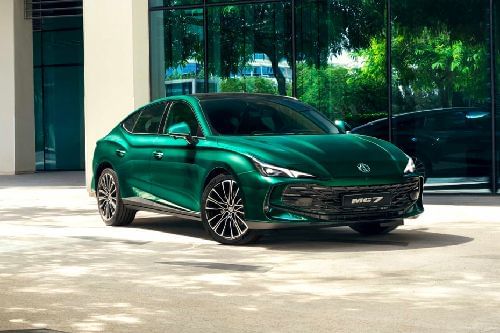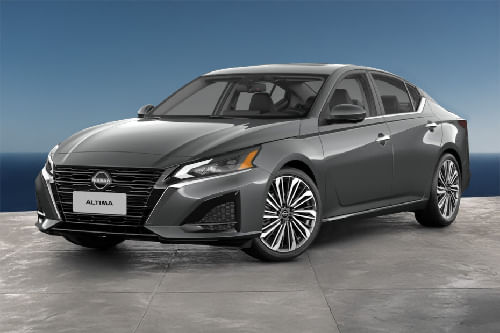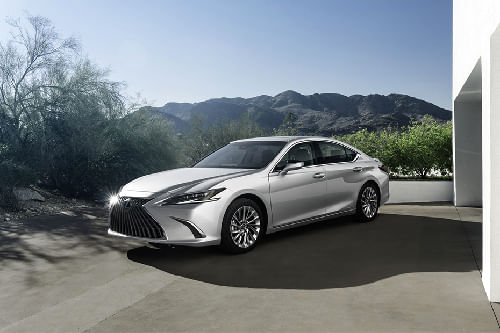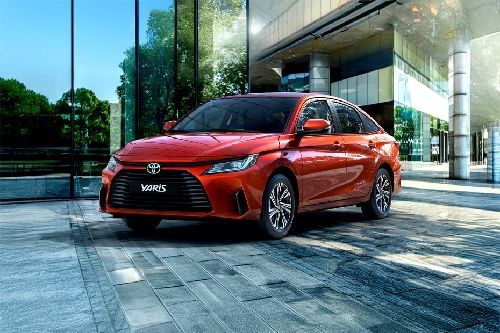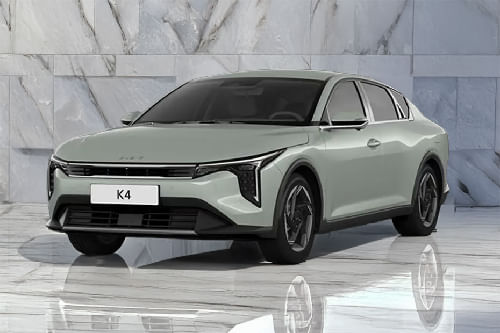How Reliable Are Chinese Cars in the Saudi Desert?

Saudi Arabia: The arrival of the Chinese in the Saudi Arabian market is a new normal; their presence is highly visible as the sales continue to surge. Not only are Saudi buyers increasingly open to them, their rapid expansion is threatening the once invincible Japanese and American brands. This is one of the biggest transformations in the automotive industry in recent times, and it has a profound impact on the future of the industry.
KEY TAKEAWAYS
What makes the Chinese cars a formidable option in Saudi Arabia in 2025?
The Chinese cars are formidable due to aggressive pricing, strong features.How reliable are Chinese cars in the Saudi desert?
The Chinese cars are now reliably engineered for Saudi desert heat, long distances, and rough terrain.The simple fact is, Chinese brands are gaining market share because they are gaining customer trust with their value-for-money proposition. Buyers find them to be value for money. There are a lot of positive aspects to these new cars that buyers are attracted to, which also means the brands are offering what the customers are looking for, something they want.
But how reliable are the Chinese cars for the Saudi Desert? Can they offer you what the more conventional brands offer? Or is there still time for them to catch up? If you’re a buyer and looking for answers to these questions, then we'll tell you just that right here.
The desert performance matters
Most of us know the reality of KSA summer, Riyadh summer temperatures hit 50 degrees Celsius. The steering wheel burns your hands, the dashboard cracks. Under such circumstances, air conditioning becomes survival equipment, not comfort. In such extreme weather conditions where vehicle reliability is truly tested. Chinese manufacturers know this well, and they've been engineering cars keeping these conditions in mind. But knowledge and execution are different things, and customers need trust before they really own any car. Here’s what actually happens when Chinese cars face the Saudi desert.
What the numbers say
The majority of Changan Saudi owners report zero AC failures in summer and real performance in extreme heat. Real owners across the region claim SAR 69,500 average annual savings vs Japanese rivals in fuel and maintenance. That means Chinese cars cost less to operate and maintain, have fewer breakdowns and have lower parts costs. That is truly reliable. Also, market data indicates that Chinese brands, including MG, Changan, Geely, Great Wall, and Haval, achieved remarkable success in Saudi Arabia as far as sales of new cars are concerned in 2024, as they have proven their performance.
Built for heat
Most Chinese cars are designed with specifications that align with desert environments, with strong and intense cooling systems and durable structures. These brands study the Middle Eastern market carefully and get their car suited for the weather conditions, especially making them ready for 50-degree heat.
Cooling systems are not often generic; enhanced cooling systems, UV-resistant interiors, and desert-tested engines are necessary for Saudi Arabia's local climate and regional roads. Chinese brands offer these features as standard, not premium additions with an extra price. The customer seems to value this aspect.
Likewise, air filtration gets special focus in Saudi Arabia, as dust storms are extremely common. The fine particles can potentially damage engines. Also, the multi-layer air filtration systems are essential for desert conditions, and Chinese SUVs now come with reinforced filters designed for this, specifically these driving challenges.
The battery implications matter for EVs, and BYD’s electric models in Saudi Arabia are highly regarded for the ease of driving, low running costs, and solid battery life with warranty coverage lasting 6 years or 200,000 km. Battery degradation in extreme heat was the initial concern, and modern Chinese EV batteries handle this better than expected, especially the blade battery technology specifically addresses heat resilience.
Real-world cars
The Great Wall with its Tank 500 is designed for rugged terrain and desert climates. Despite being new, Tank models have made a solid impression largely due to their durability and attractive designs.
Jetour X70 Plus offers leather seats with electric adjustment, memory, heating, and cooling functions for the driver's seat, along with heating and cooling for the front passenger seat, with 10.25 inch infotainment display, dual zone automatic climate control, and an AQS air quality management system. The air quality management system filters out desert dust. It's not a luxury. It's practical engineering for the environment.
Geely brings a different approach. Known for European-inspired engineering and design, thanks to its ownership of Volvo, it offers both petrol and hybrid models with warranty coverage in Saudi Arabia lasting 5 years or 200,000 km. European engineering combined with desert-aware manufacturing creates genuine reliability.
Chinese car failures in Saudi desert conditions and how manufacturers address them:
|
Failure Cause |
Explanation |
Impact on Vehicle |
Chinese Brand Solutions |
Notes & Comparisons |
|
Air Conditioning Overload |
Prolonged idling in high heat causes AC compressors to overwork |
AC system strain, reduced cooling |
Modern compressors calibrated for continuous operation |
Japanese brands often do not adapt compressors specifically for desert idling |
|
Dust Accumulation |
Desert dust enters engine, shortens service intervals |
Engine wear, reduced efficiency |
Multi-layer air/oil filters; more frequent maintenance recommended |
Maintenance reality, not defect; similar for all brands |
|
Brake Corrosion |
Salt and dust cause corrosion on brake components |
Reduced braking efficiency |
Standard corrosion-resistant materials for brake parts |
Japanese brands charge premium for corrosion-resistant parts |
|
EV Battery Heat Degradation |
Extreme heat accelerates degradation of older lithium-ion cells |
Faster battery capacity loss |
BYD’s Blade Battery chemistry designed for heat resistance |
Significant real-world improvement over older battery tech |
The Service Network Reality
This is where reliability becomes practical, and an extensive and well-equipped service network with over 20 service centres across the region can save you time and hassle. Many brands are investing in the network, MG has expanded significantly, and Changan has a dealer presence. Jetour is growing. Service is no longer scarce.
The problem may arise due to lack of technician training, as some dealers employ certified mechanics. Others don't. Checking before buying may help, and you should ask which brand the technician was specifically trained on. Parts availability was problematic in 2021. Today, it has substantially improved. Original parts arrive from China within 1-2 weeks, typically. Aftermarket parts are available locally. The supply chain works.
Limitations
Chinese cars handle the desert well, not perfectly. There are edge cases.
Extreme sandstorms can penetrate seals despite reinforced filters. Driving across the Empty Quarter for days exposes any weakness. Toyota Land Cruiser still has a reputation for this reason. Chinese SUVs are getting there, but not quite there yet.
High mileage longevity beyond 200,000 km is unknown territory. For Japanese cars, touching 300,000 km with proper maintenance is normal. Chinese vehicles aren’t yet there, but they are pushing the envelope; early numbers suggest 220,000-280,000 km, which isn’t altogether bad, considering price.
Resale value stabilisation takes time. Brands should maintain strong resale value, and Chinese brands are achieving this now. Three years ago, they weren’t, and the progress is noteworthy.
Electronics complexity creates dependency, and most modern Chinese cars have advanced climate control, infotainment, and engine management systems. When something fails, dealer diagnosis becomes necessary. Independent repair shops struggle. This is the tradeoff for modern features.
Brands are working extremely hard to offer customers reliability, dependability and a peace of mind. MG is performing consistently, and Changan’s cooling credentials are verified. Haval builds tough SUVs, and Jetour is known for practicality with features, while Geely brings a European reliability approach. None is perfect, but all of them are genuinely reliable in Saudi conditions now. BYD EVs handle heat surprisingly well; its battery management systems in EVs are cutting-edge.
Conclusion
Looking at the market scenario in 2025, the Chinese have come a long way, and most of them are reliable in the Saudi desert. If you’re considering buying, remember, they won't outperform the more established brands, but they are good in their own way. They handle everyday city and highway driving, including heat, desert driving, comfortably. The statistic about zero AC failures in extreme heat matters. That's not luck. That's engineering working as designed. Let's say, fifteen years ago, nobody would have asked this question. Chinese cars weren't reliable anywhere, but over the years, they have become far better in manufacturing technologies. They're reliable enough, not because they're perfect but because they're engineered specifically for this environment. And this is rather visible in the way Saudi car buyers are embracing them.
BYD Car Models
Don't Miss
Latest Car News & Expert Reviews
- Latest
- Popular
You might also be interested in
- News
Featured Car
- Latest
- Upcoming
- Popular
Compare & Recommended
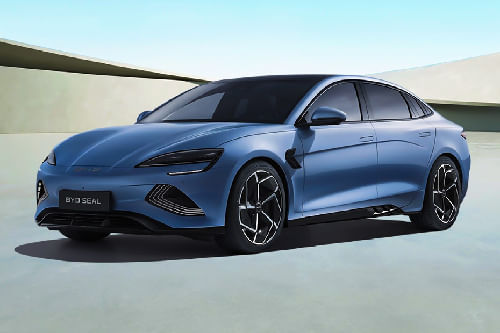
|
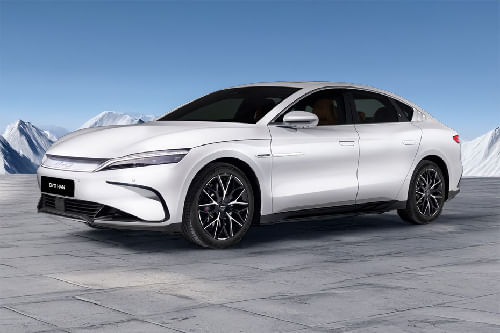
|
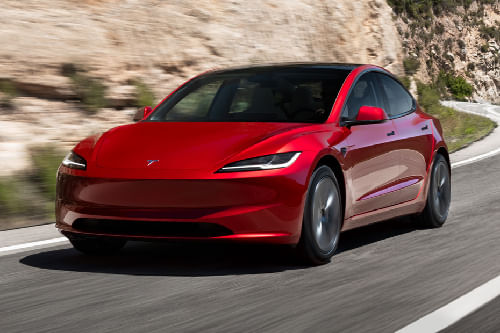
|
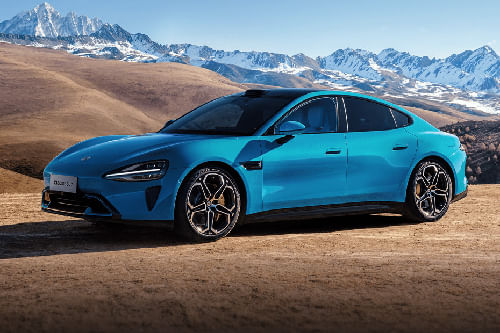
|
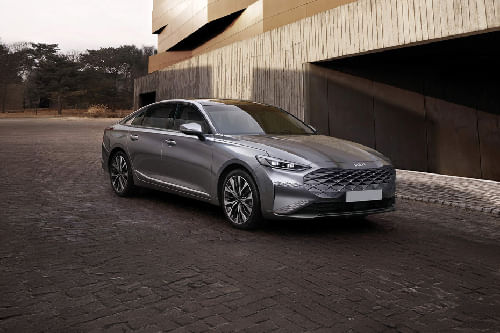
|
|
Transmission Type
Automatic
|
Automatic
|
-
|
Automatic
|
Automatic
|
|
Power
308Hp
|
241Hp
|
-
|
295Hp
|
227Hp
|
|
Torque
360Nm
|
350Nm
|
-
|
400Nm
|
-
|
|
Engine Displacement
-
|
-
|
-
|
-
|
1598
|
|
|
Trending Sedan
- Latest
- Upcoming
- Popular

